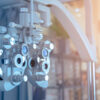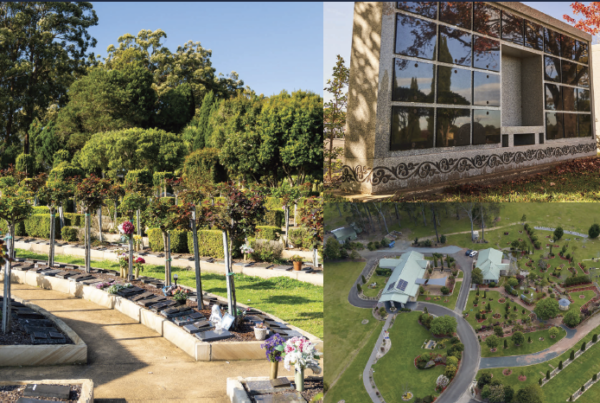Wounds are a common and distressing experience for elderly residents who rely on the wisdom and skill of aged care staff and clinicians to provide quality wound care. Sadly, wounds are often complex and difficult to manage successfully.

It is well documented that most hard-to-heal-wounds are colonised with biofilm. Once established, complex biofilm communities frequently become highly tolerant to standard treatment protocols like antibiotics, and biofilm is known to be detrimental to wound healing.
Dr Matt Malone is an expert in biofilm and was a member of the Global Wound Biofilm Expert Panel. Convened in 2017, the panel generated an important consensus document to clarify misunderstandings about the role of biofilms in clinical practice and provide a basis for clinicians to recognise biofilms in chronic nonhealing wounds with a view to optimising patient care.
Who better than Dr Malone to describe the best ways to tackle biofilm and to explain how the properties of AQUACEL® Ag+ Extra™ position this dressing to disrupt and destroy biofilm so that wounds can heal?
Matt explains that a multi-faceted approach is needed to battle biofilms as they are extremely resistant and at the core of this is physical removal. Much like how you brush your teeth to prevent accumulation of biofilm, mechanical removal using sharp debridement with a scalpel, a pad or even some rough gauze will physically remove biofilm. However, as Matt points out, “it’s not that simple, there is no magic bullet. You can’t see biofilm, so you are likely to miss pockets; therefore, other approaches are needed too. Certainly, a wound needs good care and appropriate use of topical antiseptics to ‘mop up’ what you have not been able to remove through mechanical or physical debridement”.

It seems that cleansers and antimicrobials are needed in tandem with mechanical removal of biofilm. That’s where AQUACEL® Ag+ Extra™ Ag+ Extra™ comes in. Not only does AQUACEL® contain an antimicrobial (ionic silver), but the dressing also contains two cleansers, a surfactant, and a metal chelating agent. Working together, these two agents lift disrupt and destroy the Extra Polymeric Substance (EPS), the component of biofilm which coats and protects the microbes.
In fact, EPS is a key reason why biofilm is so hard to eradicate as removing the EPS by the surfactant and metal chelating agent paves-the-way for the antimicrobial silver component to infiltrate its target: the microbes within the wound.
What is a surfactant and why would you put one in a dressing?
Surfactants are used extensively to remove dirt; simply put, surfactants soften and ‘break things up’. They achieve this by increasing the wettability of a wound and the solubility of materials within it. Their role in dressings is to enhance the sequestration or trapping and removal of ‘dirt’ and non-viable tissue, soluble proteins, and block adhesion of biofilm to the wound bed.
AQUACEL® Ag+ Extra™ also contains a metal chelating agent EDTA.
What is a chelating agent and what is its function in a dressing?
EDTA makes bacteria more permeable and augments antibiotic activity by facilitating entry into a target cell.
EDTA also disrupts biofilm through its action of binding to metal ions such as calcium and iron. These metals are key components of the EPS and what makes biofilm so hard to remove.
EDTA works in combination with the Basic Emergency Care (BEC), the surfactant in AQUACEL® Ag+ Extra™. In short, these two cleansers work together to ‘open up’ the EPS so that the silver is not wasted and is able to get to its microbial targets. This combination therapy is quite unique in a wound dressing and, most importantly, it can keep working for up to seven days.
Experience the advantages of AQUACEL® Extra™ Experience the advantages of AQUACEL® Ag+ Extra™ Dressing + AQUACEL® Foam Adhesive Dressing.
To learn more about AQUACEL®® Ag+ Extra or to arrange a visit from your Convatec representative, contact us today!









